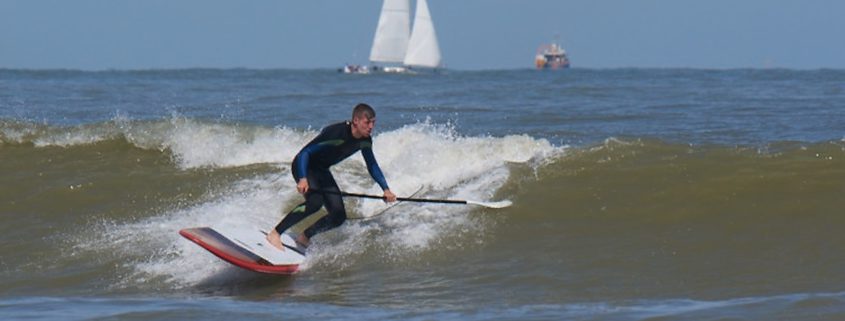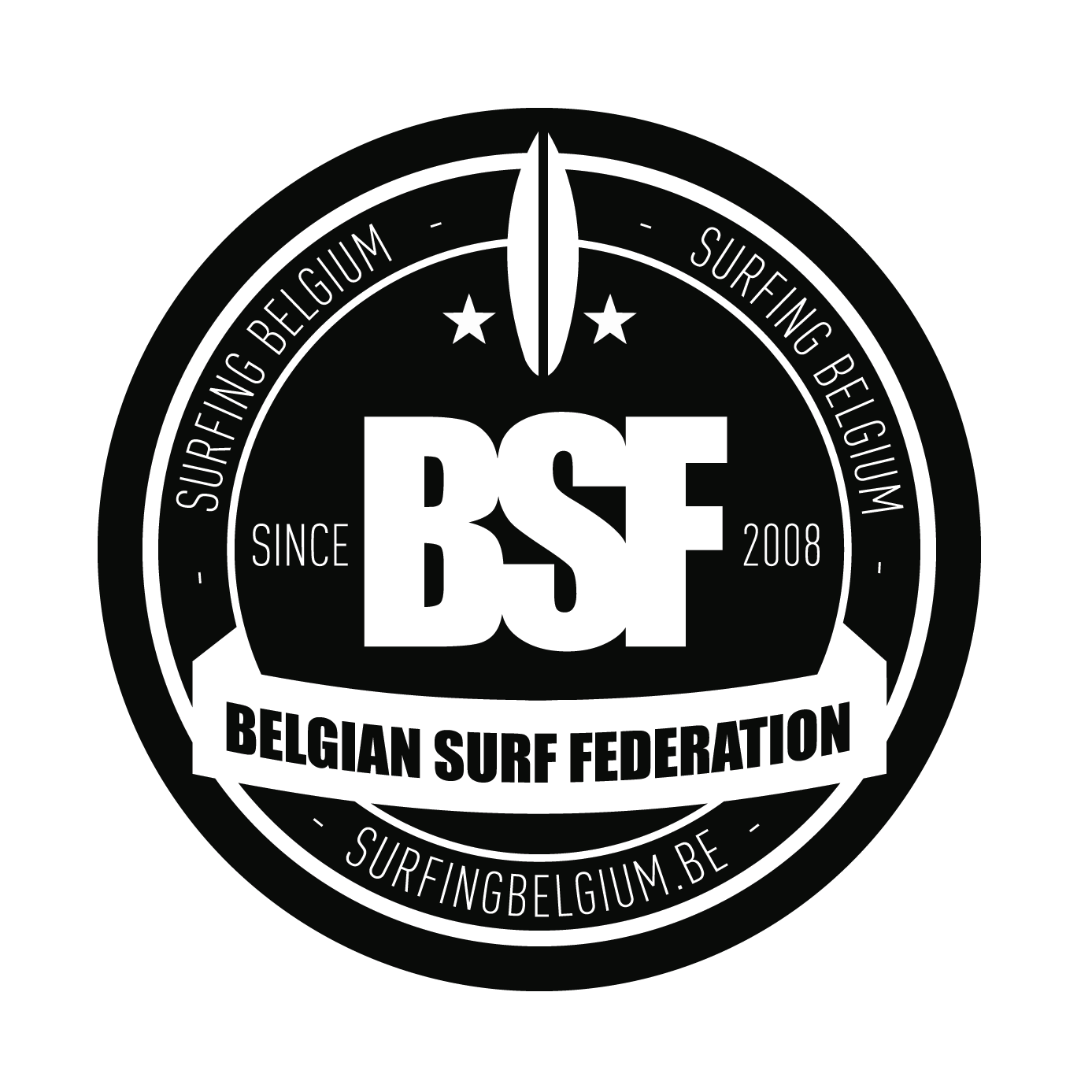
Doe mee aan het BK SUP 2019 in de golven, op 7 september te Twins Bredene.
Inschrijven kan via de link op deze pagina, of ter plaatse zaterdagochtend tussen 8u30 en 9u. (Het inschrijvingsgeld, €15 incl hapje en drankje, betaal je ter plaatse)
Om 9u is er skippersmeeting, eerste heat start mogelijks om 9u15.
Geen idee hoe je kan punten scoren en misschien een BK podiumplaats?
Eerst en vooral: SUP in de golven is niet rechtop uitpeddelen en eens op de golf naar binnen de peddel onder je oksel steken… Het is ook niet proberen zo lang mogelijk op de golf te blijven. Lees alle SUP Surfing criteria uit het ISA Rulebook
- Judging Criteria: A surfer must demonstrate board handling skills in the transition
phase [description below] and the surfing phase [description below] of their
performance, for it to be considered complete. - A surfer must perform radical controlled maneuvers, using the paddle as a key
tool, in the critical sections of a wave with speed, power and flow to maximize
scoring potential. Innovative / progressive surfing as well as variety of repertoire
[maneuvers], wave negotiation and use of the paddle to increase the intensity of
the maneuvers, will all be taken into account when awarding points for SUP
surfing. - The SUP surfer who executes these criteria with the maximum degree of
difficulty and commitment on the waves will be rewarded with the higher scores. - For StandUp Paddle Surfing [SUP] a wave is deemed to be begun, when in
the opinion of the judges, the rider is no longer solely under paddle power
but rather has harnessed and begun to be carried along by the power of
the wave
Of meer in detail, waar moeten ook de judges op letten?
StandUp Paddle Surf judging – Uit ISA Rule Book –13 June 2019 pagina 43
– SUP performance uses the normal judging criteria of the ISA
rulebook. Judges however will reward as higher level manoeuvres, those
that are done with the obvious use of the paddle to give greater degrees of
leverage and thus the creation of increasingly radical moves.
SUP surfing is unique and can be done many ways but for competition it is
important to set criteria’s that set it apart from just long boarding. Only a single
blade paddle is to be used in SUP. The paddle is a tool and a big part of the
sport therefore it is not just used to help catch a wave, but is necessary as a tool
[aid] for riding the waves [similar to a Ski pole when skiing].
– SUP Scoring:
1. The judging scale will be 10 points with normal ISA contest rules applying.
2. The aggregate of the best rides will decide the final score for each surfer
and interferences adjudicated according to the ISA Surfing Rulebook.
3. Good SUP transition time [end of one wave to paddle-in to next one] should
be spent standing and paddling with good technique and stable wave
negotiation. Kneeling, lying or sitting whilst paddling, unless necessary for
safety, or just sitting on the board while waiting for a wave, is regarded as
bad SUP form. Note the critical element: To the best of a rider’s ability he /
she is expected to stand up on the board at all times throughout the heat,
unless and only if, the situation of safety dictates otherwise and a surfer
must prone paddle to avoid hazardous situations. Judges will monitor all
contestants and where this rule is not being respected they [in majority] will
by the beach announcer deliver a first warning to put the offending surfer on
notice. If a second situation arises during the heat the HJ will issue a notice
of a non-priority interference.
4. Entry into the wave should be by paddling in the standing position to enable
the maximum score.
5. Surfing – average scores for all maneuvers will be allocated unless the
paddle is used as a pivot or tool in maneuvers, then power, radical moves,
critical sections and degree of difficulty are the deciding factors.
– Competitors will start from the beach unless instructed otherwise by the Contest
Director.
– “Using the paddle”: The paddle is correctly used in SUP surfing to do three main
things: it is used in turns as a brace, a pivot, and a force multiplier. A surfer will
be scored higher when he uses the paddle in some or all of these three ways to
achieve sharper or more powerful turns. Tricks such as twirling or otherwise
using the paddle in a non-functional manner will earn little or no extra score for
the surfer.
– Traditional long board surfing compared to progressive SUP surfing techniques:
Because the paddle allows large SUP boards to be turned with high rates of
speed and power, stand-up paddle surfing is deemed to be, at the competition
level, a performance-centered branch of surfing, much like conventional
shortboarding. Footwork, nose riding and style points will be scored, but this will
be done in their relationship to the criteria of degree of difficulty and critical
nature of wave positioning.





Leave a Reply
Want to join the discussion?Feel free to contribute!